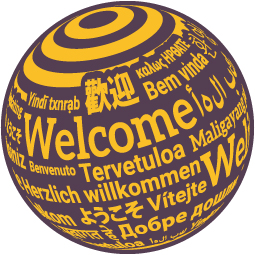Software localization opens doors to new markets and millions of potential users. By adapting your product to different languages, cultures, and regional preferences, you can transform a local solution into a global success story.
Software products of every type — web, mobile, cloud, or enterprise solutions — targeting international markets.
Ensuring your application meets target market requirements ensures smooth market entry and avoids costly legal risks. For example, accounting software must comply with local regulations, which may require changes both in the code and documentation.
Most software texts are tied to specific interface elements. This means linguists must follow strict character limits due to layout constraints while keeping the content clear and natural. At InText, we perform both automated and manual QA before integrating translations to prevent issues such as text overflow or broken layouts. After implementation, we conduct visual checks to ensure your product looks and functions exactly as intended.
Software localization often involves multiple content types, including user interface (UI) elements, online and offline help centers, manuals, and marketing materials. Maintaining consistency across all of them is key for a seamless user experience. We apply translation memories and style guides to ensure your product speaks with one clear, consistent voice in every market.
Format conventions differ across languages and regions. Dates, numbers, currencies, and measurement units must follow local standards to ensure usability. Our localization process includes format conversion and validation for each market so your software looks and works exactly as local users expect.
Untranslated documentation and guides leave users struggling (even when interfaces are localized), causing lower adoption rates and more support requests.
At InText, our IT-savvy linguists adapt examples, screenshots, and terminology for each market with the same attention as software interfaces — so users onboard faster and engage more deeply, while your support team spends less time clarifying functionality.
![]()
Software requirements change over time, making adaptation for new markets a continual process. As more companies adopt agile development, localization must keep pace. That’s why we’ve built a continuous localization workflow, ensuring your product remains market-ready with every release.

We adapt to your needs. InText offers a flexible and ever-expanding language portfolio to support your global projects. No matter the languages involved, we have the expertise and experience to deliver quality language solutions.